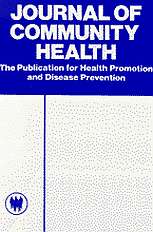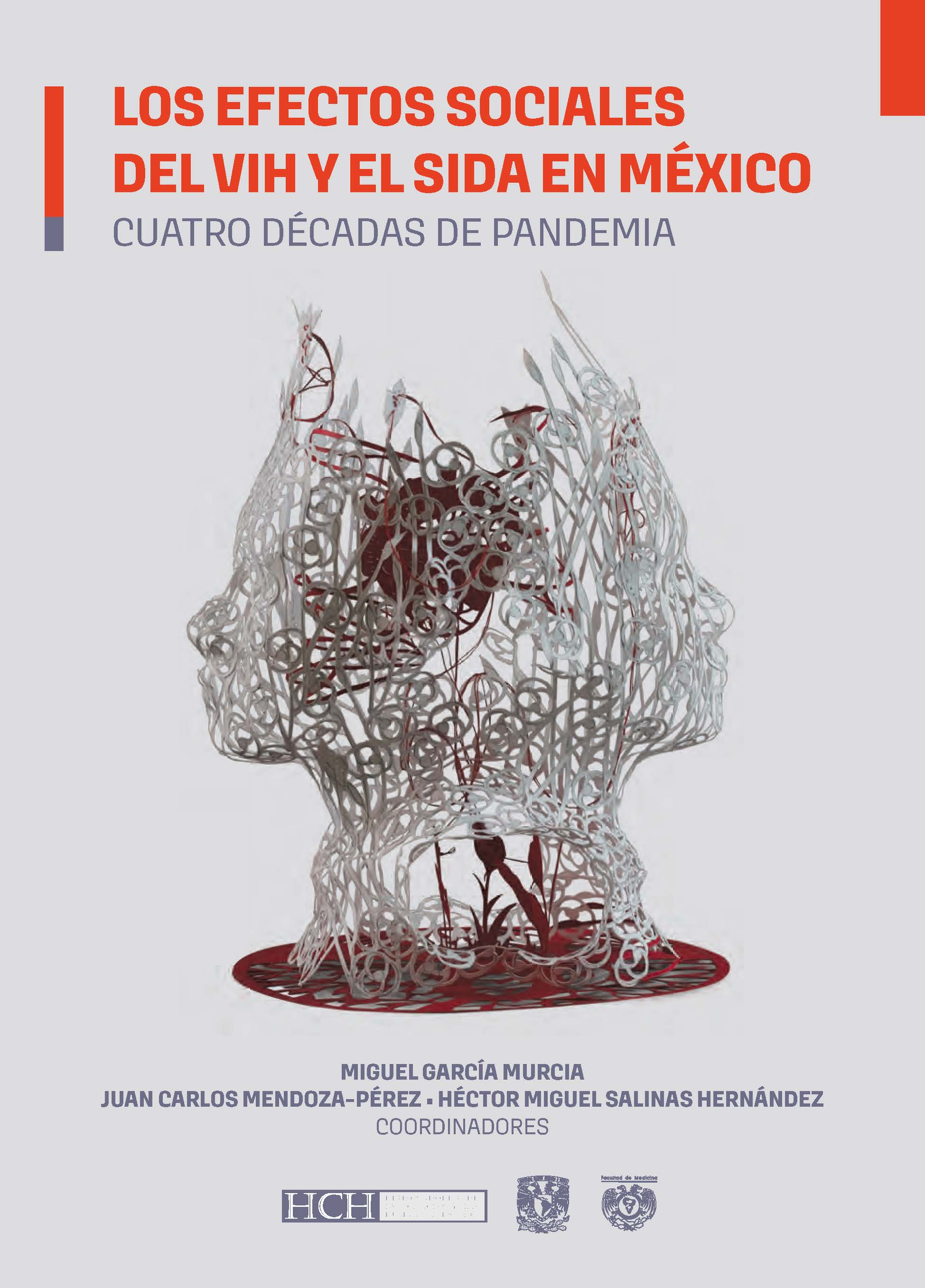Resumen
BACKGROUND: Bisexual men seem to have different sexual behaviors, needs and preferences for receiving HIV prevention interventions and care. HIV care in Peru is still delivered without considering potential differences among men who have sex with men (MSM). We explored the differences between bisexual and homosexual men in Peru in order to inform future HIV prevention interventions tailored for bisexual men. METHODS: From February to June 2016, we performed an online survey with Peruvian MSM older than 18 years. By targeted sampling, we hosted the survey on the most visited local gay websites and on Facebook. We conducted bivariate and multivariate analysis to assess differences in self-reported sexual behaviors and other characteristics between self-reported bisexual and homosexual men. RESULTS: The mean age of the 898 subjects who completed the survey was 30.2 years; over 80% had post'high school education; and 560 (62.4%) self-reported as bisexual (37.6%, homosexual). Overall, the self-reported HIV prevalence was 15.6%. For bisexual men, rates of report of unprotected vaginal sex (UVS) and unprotected anal sex (UAS) with other men varied substantially according to partners; with stable partners: UVS (81.3%) and UAS (70%); with casual partners: UVS (51.6%) and UAS (51.4%); with sex workers: UVS (12.3%) and UAS (31.2%). Compared to homosexual men, bisexual men were significantly more likely to be top or versatile, to have sex under the influence of alcohol with men and women, to prefer health centers not working with gay men, and to have UVS. Bisexual men were significantly less likely to seek care when having symptoms of sexually transmitted infections (38.3% vs. 46.7%; p=0.014), to be tested for HIV, to be HIV positive (12.3% vs. 20.6%; p=0.011), and to have UAS with other men (45.4% vs. 57.1%; p=0.001). In a multivariate analysis, not seeking care at health centers for gay men, and being top or versatile were associated with self-reporting as bisexual. CONCLUSIONS: Bisexual men report high and differentiated sexual risk behaviors with both men and women. Health seeking behavior and preferences for HIV care are also different. In order to reach bisexual men successfully, HIV prevention interventions need to be tailored specifically for them.





